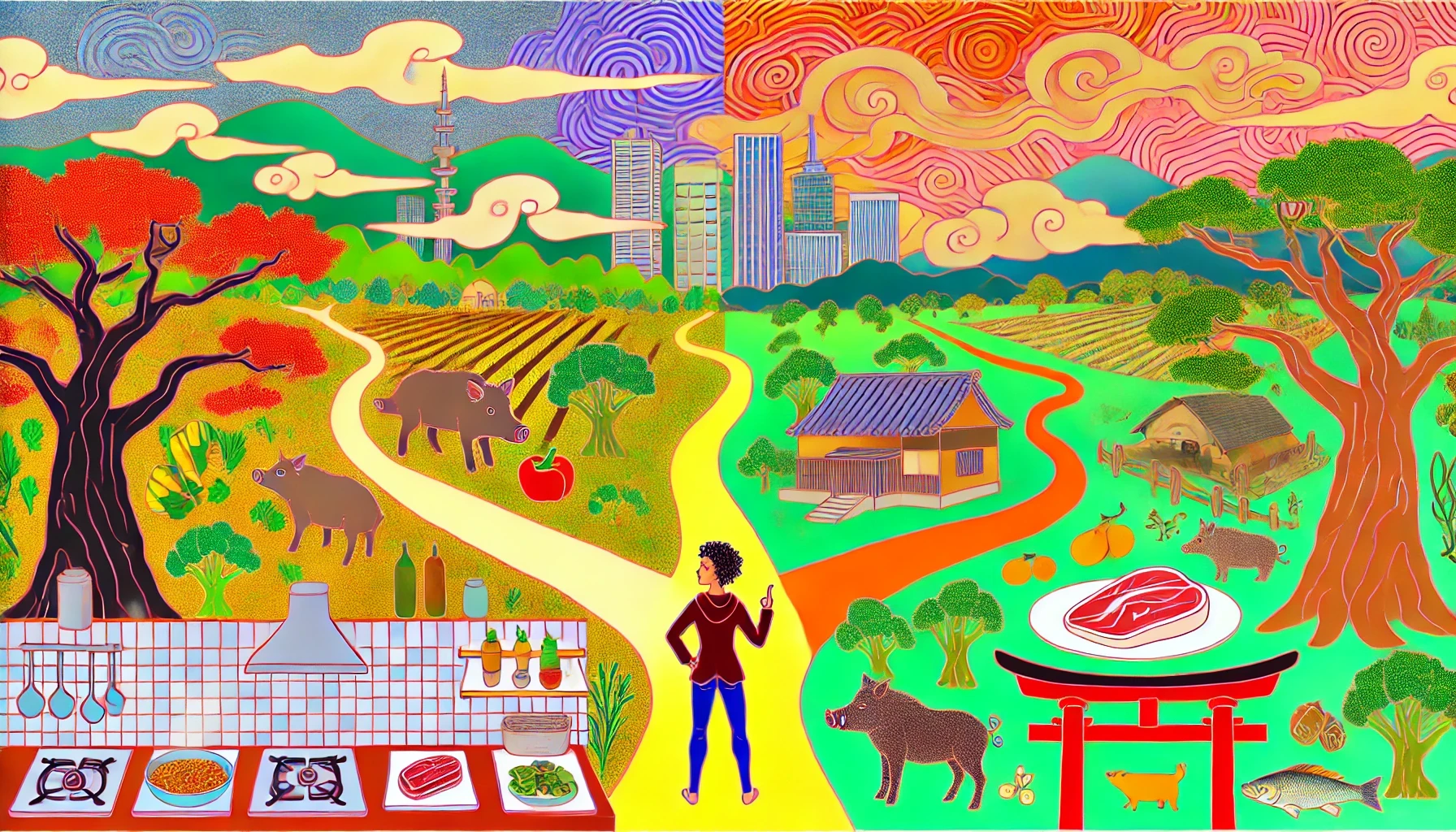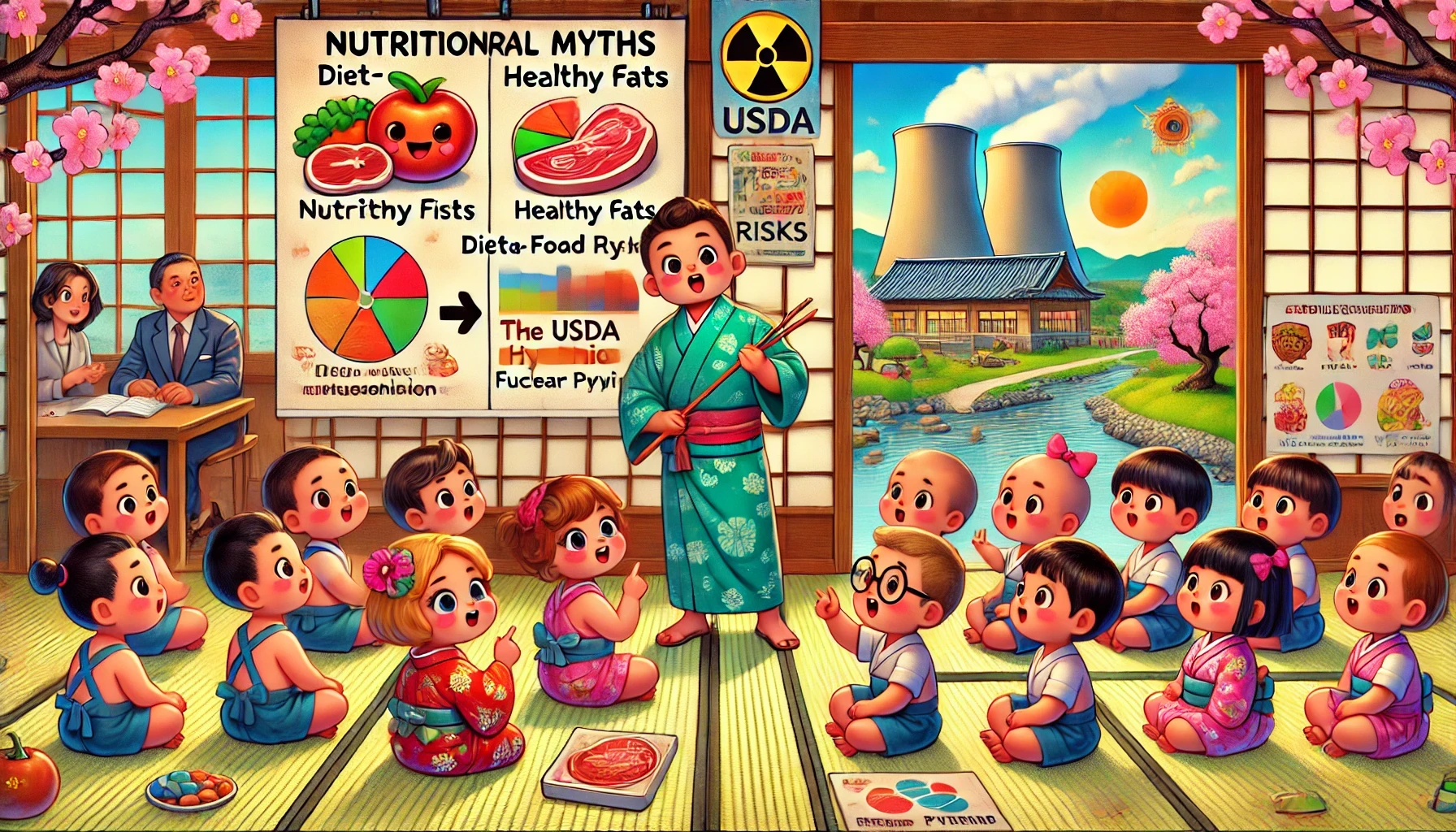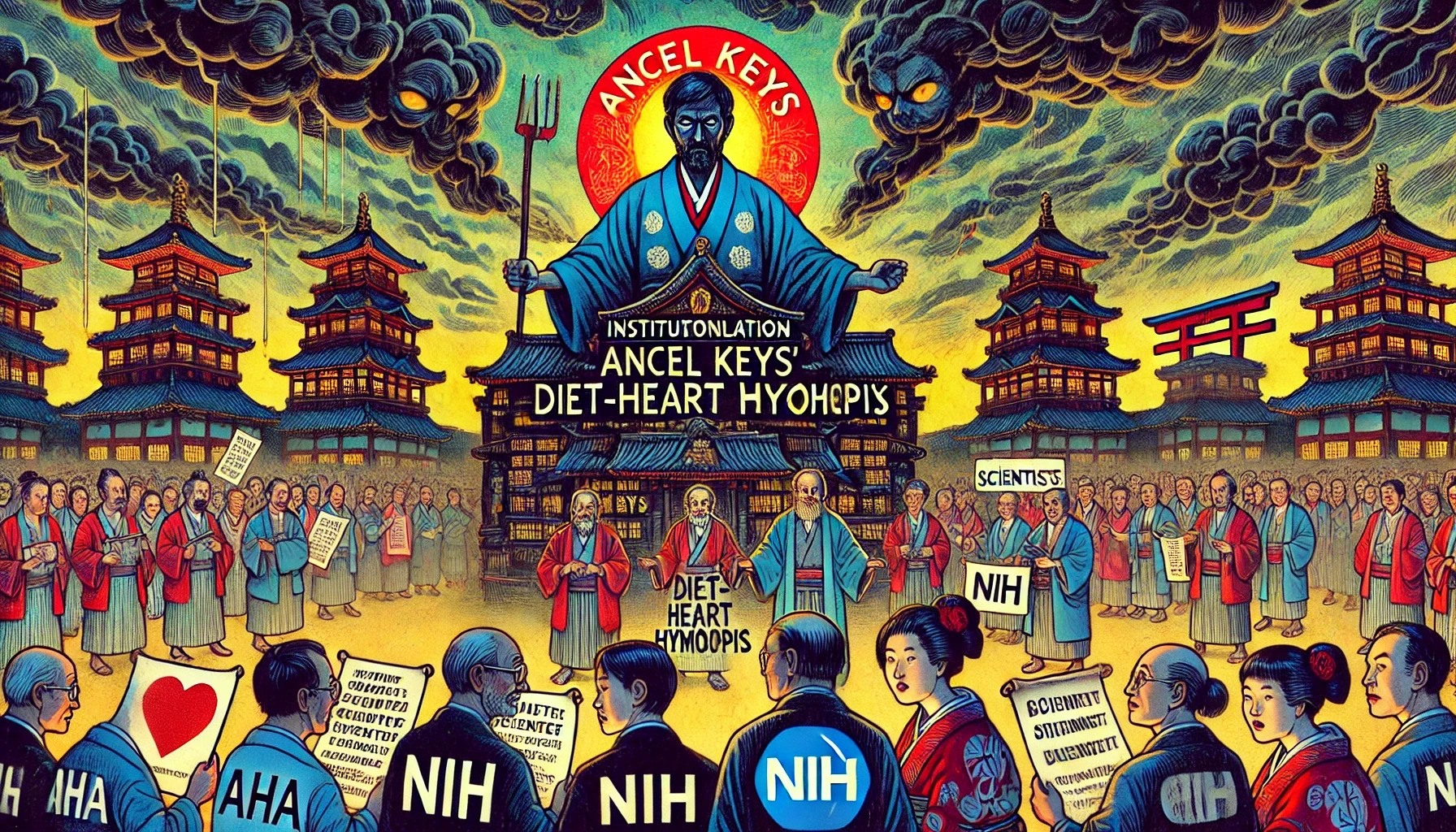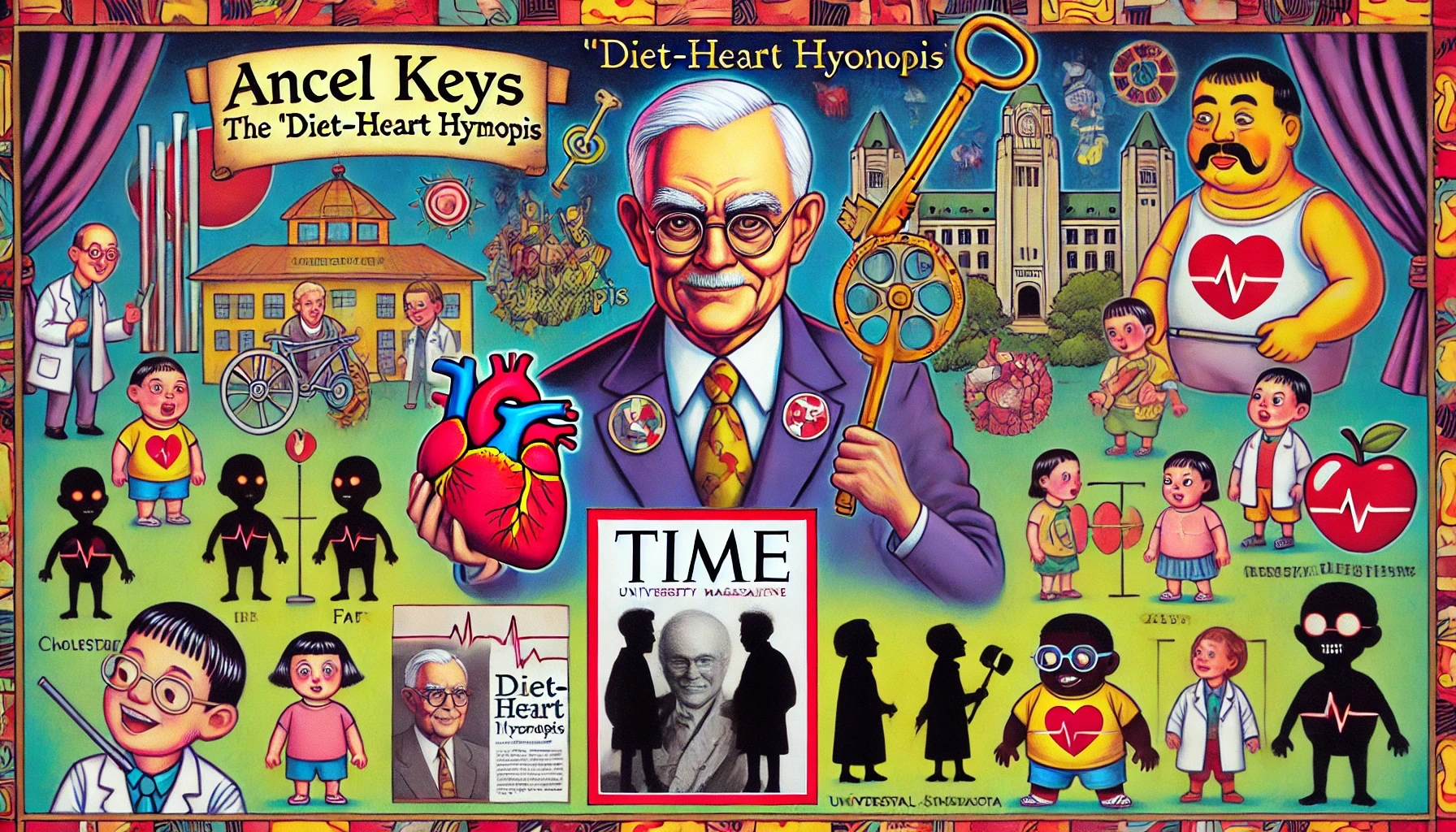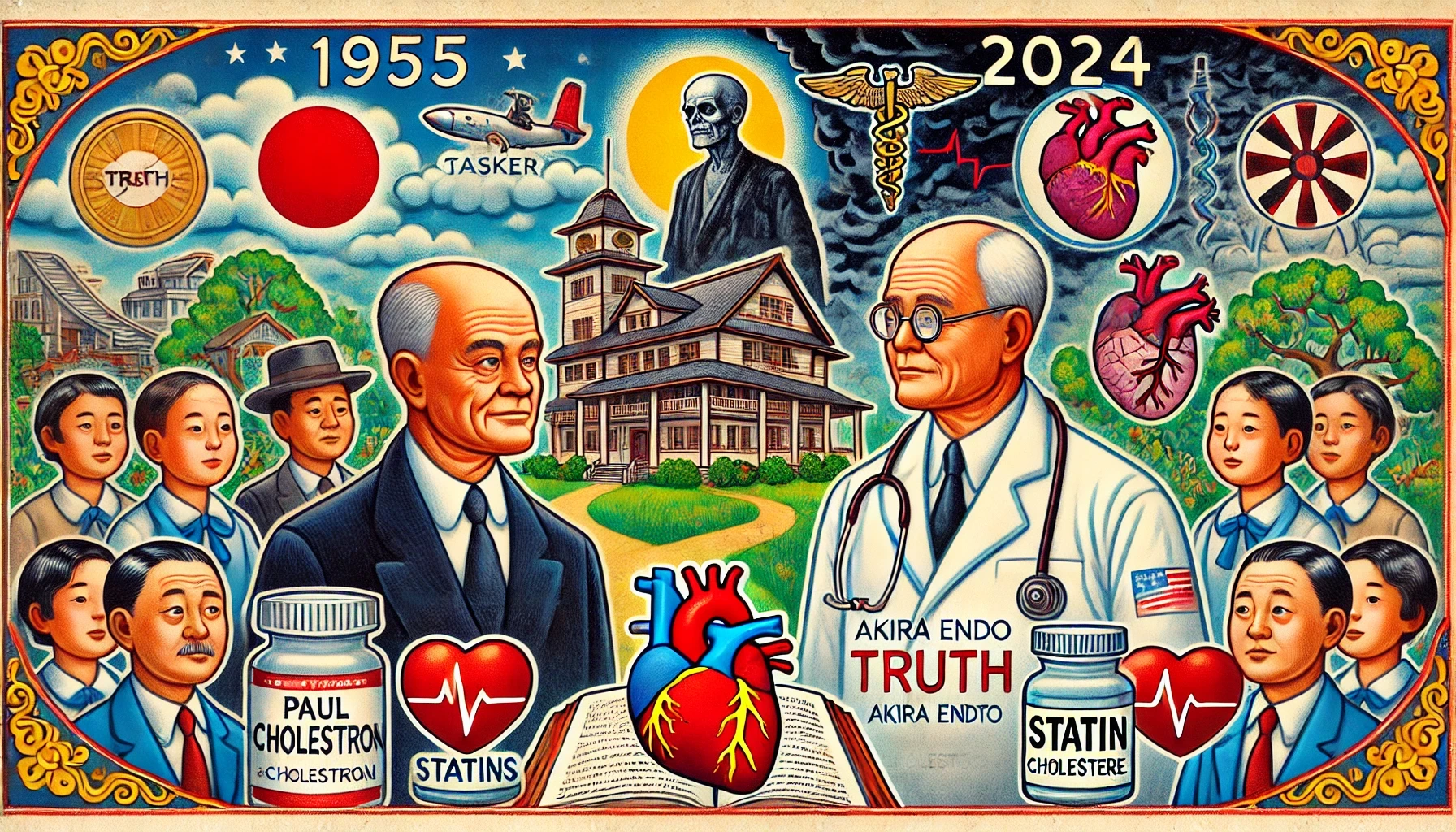ZENPTY.
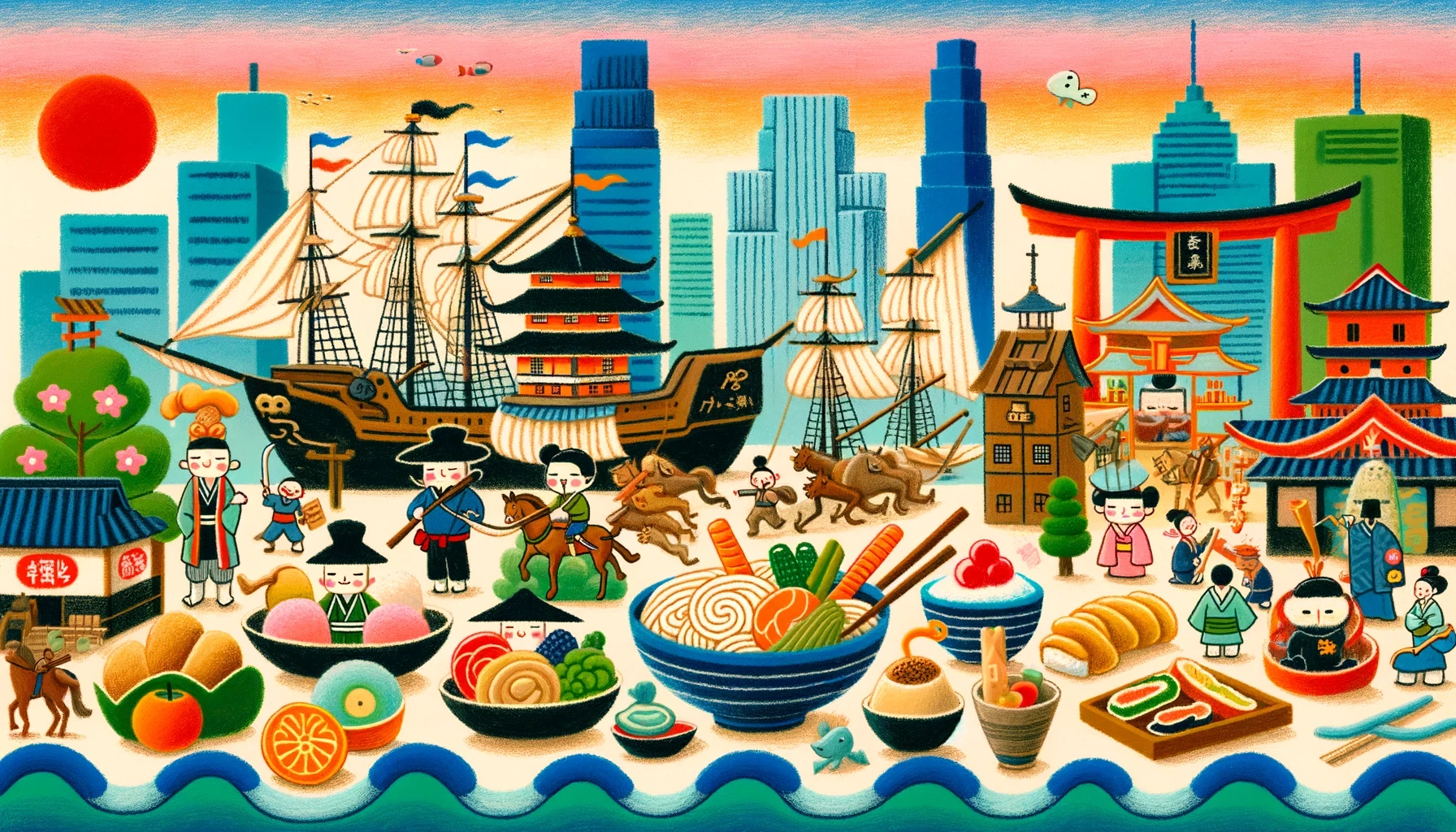
From Cannonades to Cuisine: Tracing Tokyo's Transformation from Edo's Isolation to a Culinary Capital
Apr 22, 2024
November 24, 1852, marks a significant entry in our voyage through history. On this day, American naval officer Matthew Perry embarked from Hampton Roads, Virginia. His mission? To chart a course through exotic locales like Madeira, St. Helena, Cape Town, and several ports across Asia including Mauritius, Ceylon, Singapore, Macao, Hong Kong, and Okinawa, before ultimately anchoring in Tokyo, or Edo as it was known then. Perry’s expedition, aimed at establishing diplomatic relations with Japan and punctuated by a dramatic display of maritime firepower in Edo Bay, symbolizes a relentless pursuit of power, mirroring the challenges of cross-cultural engagements.
Fast forward 171 years, and the spirit of exploration has transformed significantly. Tokyo now shines as a beacon on Tripadvisor’s list of trending destinations for 2024, welcoming global citizens with open arms – a far cry from the cannonades of Perry’s era. This shift is part of a broader trend, as the yen’s declining value suggests a more accessible Japan. But accessibility doesn't necessarily simplify the complexities of travel planning.
Let’s dive deeper into this juxtaposition of past and present by exploring how economic conditions influenced dining in historical Tokyo. We’ll take cues from “Edo no Kakeibo,” a literary treasure trove that decodes the financial landscape of 18th-century Japan, to draw comparisons with today’s culinary scene.
Historical Income in Edo:
Middle-class samurai family (3 members): ¥6,090,000/year
Single lower-class samurai: ¥3,000,000/year
Middle-class peasant duo + seasonal helper: ¥4,000,000/year
Individual merchant roles and craftsmen also drew incomes reflective of their societal contributions, with carpenters enjoying relatively high earnings due to their essential role in a wood-centric, earthquake-prone architectural environment.
Today, Tokyo is celebrated as one of the top gourmet capitals in the world, a status confirmed by the prestigious Michelin Guide. However, to fully appreciate how far Tokyo has come in its culinary offerings, it is insightful to explore what dining out used to look like in the city back in the days of Edo.
Historical Costs of Dining in Edo:
Udon/Soba: These classic Japanese noodles were priced at ¥250 per bowl, offering a filling and affordable option for the common people.
Tempura: Crispy and light, each skewer of tempura was available for ¥100, making it a popular snack.
Sushi "Nigiri": Each piece of nigiri sushi costed ¥125, a delicacy that allowed for different types of fish to be enjoyed.
Sushi "Maki" with egg: These sushi rolls included egg and were priced at ¥250 per piece.
Combo Meal: A set meal including beans in rice, miso soup, pickles, tofu, and other side dishes could be purchased for ¥790, providing a balanced meal.
Grilled "Unagi" Eel Bowl: One of the more luxurious options, this dish was priced at ¥3150 per bowl, reflecting its status as a gourmet choice.
Mochi: Simple yet delicious, these rice cakes cost ¥64 each and were a common sweet treat.
To put these historical prices into perspective, let’s compare them with the costs of similar dishes in contemporary Tokyo:
Udon and Tempura: Nowadays, a bowl of udon costs ¥390 and a piece of tempura ¥130 at Hanamaru, a popular eatery.
Nigiri Sushi: You can find nigiri starting at ¥100 at Hama Sushi, showing how some things remain remarkably consistent price-wise.
Set Meals: Yayoi Ken offers a modern version of the combo meal for ¥730, slightly less than the historical price adjusted for inflation and change in market dynamics.
Mochi: Unlike the traditional mochi made with rice and sweet red bean paste, today’s varieties often include ice cream and are available at convenience stores for ¥138 each, reflecting both culinary innovation and inflation.
By exploring these historical and current prices, we can see the evolution of Tokyo's food scene from simple, traditional fare to a complex array of gourmet options. This comparison not only highlights the city's rich culinary history but also its dynamic approach to maintaining and enhancing its food culture over centuries.
In our next discussion, we'll unpack the costs associated with everyday food items like eggs and cucumbers, providing you with all the details you need to plan your own culinary adventure in Tokyo. Stay tuned for more insights into the historical and present-day joys of Japanese cuisine!
A Carnivore Journey: How Letting Go of Carbs Opened New Doors
Nutritional Myths and Nuclear Risks: The Parallel Stories of Regulatory Capture
Silencing Dissent: How Ancel Keys' Hypothesis Dominated Nutrition Science
Ancel Keys and the Diet-Heart Hypothesis: A Deep Dive into Flawed Science
Unmasking the Villain: Ancel Keys and the War on Saturated Fat
From Eisenhower to Endo: The Evolution of Heart Health Myths

